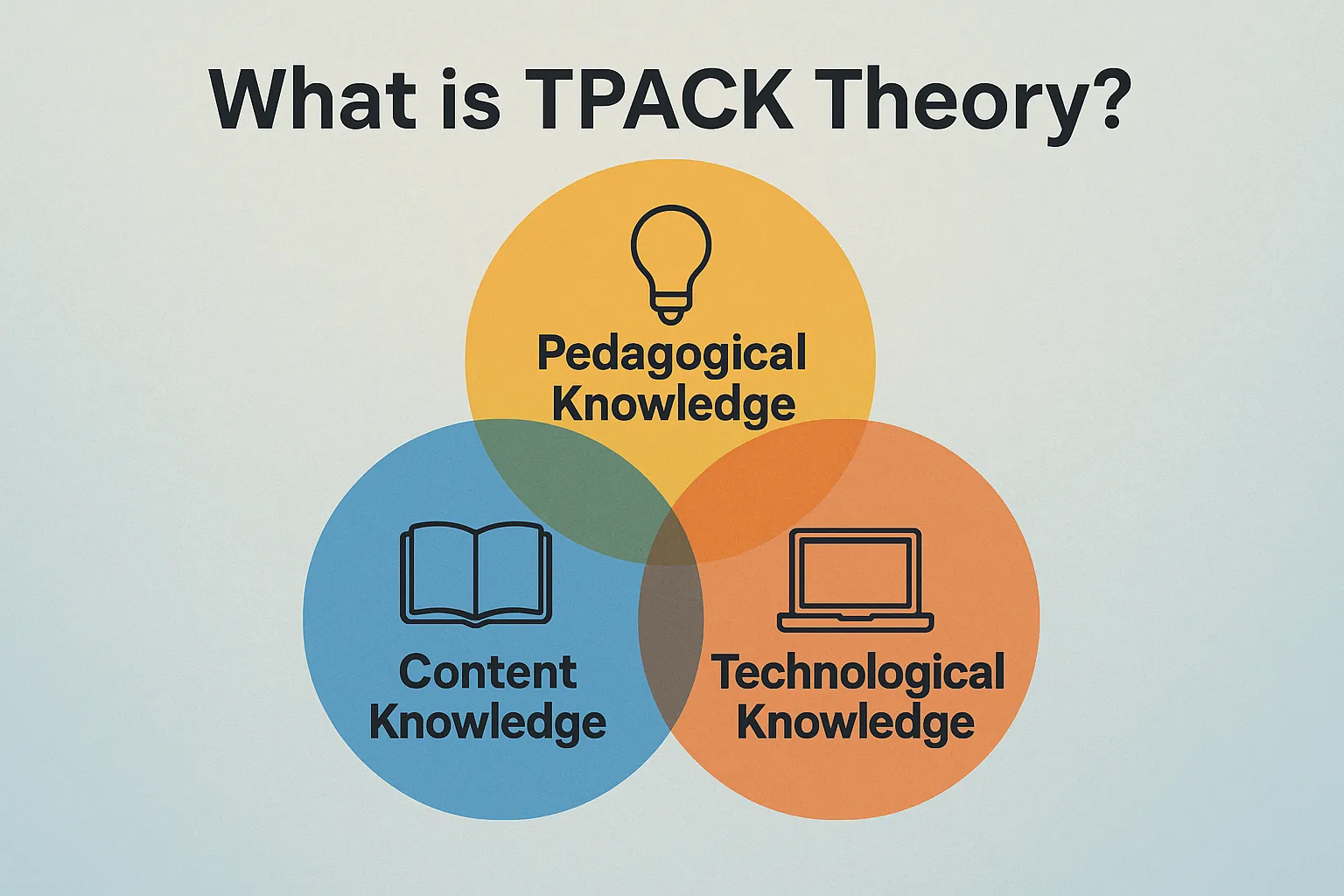🥅 Developing Goal-Setting Skills for Better Learning: A 2025 Complete Guide
Updated April 29, 2025 ✅ – Includes new frameworks & practical strategies backed by learning science
Learning isn't just about consuming content—it’s about direction, purpose, and motivation. And that starts with goal-setting.
In this in-depth guide, you'll learn how to:
✅ Set learning goals that actually stick
🧠 Use proven psychology to boost motivation
🚀 Apply SMART, WOOP & OKR techniques to your study habits
📈 Track and tweak your progress for long-term growth
Whether you're a student, lifelong learner, teacher, or parent—developing goal-setting skills can radically improve how effectively you learn.
🔍 Why Goal-Setting Matters for Better Learning
Goal-setting isn’t just a productivity buzzword. It’s a science-backed strategy to increase motivation, improve retention, and drive measurable learning outcomes.
According to research from the American Psychological Association, learners who set clear, structured goals:
- Have 23% higher performance
- Are 33% more likely to finish courses
- Retain double the information vs. those without goals
🎯 Key insight: A goal gives your learning direction and turns random study sessions into a targeted mission.
🧭 Step 1: Clarify Your Learning Intent 🧠
❓ What are you trying to achieve?
Before writing any goal, ask:
- Are you trying to pass an exam?
- Learn a new skill?
- Improve your study consistency?
- Become fluent in a new language?
🎯 EXAMPLE: Instead of “I want to learn math,” a better intent is: 👉 “I want to improve my algebra skills to score at least 80% on the final exam.”
🔑 Step 2: Use SMART Goals to Stay on Track
One of the most trusted goal-setting frameworks is SMART:
| 🔤 SMART Element | ✅ What It Means | 📘 Learning Example |
|---|---|---|
| Specific | Clear and detailed | “I will complete 3 algebra chapters” |
| Measurable | Trackable progress | “…and solve 20 problems each week” |
| Achievable | Realistic for your time/level | “…during my free study hour after school” |
| Relevant | Tied to your bigger goal | “…to improve my grades in math” |
| Time-bound | Deadline-based | “…by June 15th” |
✅ SMART Goal Example:
📝 “I will complete 3 algebra chapters and solve 20 problems weekly for the next 6 weeks to score at least 80% in my June final.”
🔄 Step 3: Add WOOP Goals for Motivation
WOOP = Wish + Outcome + Obstacle + Plan
This framework goes deeper by accounting for inner resistance and real-life barriers.
✨ WOOP in Action:
- Wish: “I want to master essay writing.”
- Outcome: “I will feel confident and get better grades.”
- Obstacle: “I often procrastinate and get stuck starting.”
- Plan: “If I feel like procrastinating, then I’ll use a Pomodoro timer to begin writing.”
🔁 WOOP is ideal for tackling mindset challenges and habits that sabotage learning.
📊 Step 4: Implement OKRs for Long-Term Learning Projects
OKRs = Objectives & Key Results
They’re great for tracking bigger projects (e.g., year-long study plans or learning new software).
💡 OKR Example:
Objective: Become proficient in data analysis
Key Results:
- Complete 5 online courses
- Build 3 portfolio projects
- Pass the Google Data Analytics Certification
🎯 Use OKRs to chunk major learning into clear milestones.
🧩 Step 5: Break Big Goals Into Micro-Goals
Big goals can be overwhelming. Break them down into:
- Weekly goals
- Daily tasks
- Session-level checkpoints
🔹 Macro Goal: Master all KCSE Chemistry Form 3 topics
🔹 Weekly Goal: Finish Acids, Bases, and Salts topic
🔹 Daily Task: Revise 2 subtopics + practice 10 MCQs
🧠 Micro-goals reduce anxiety and create “quick wins” that build momentum.
🛠️ Tools & Apps for Goal-Setting Learners
Use these to plan, track, and stay consistent:
| 📱 Tool | 🔍 Use Case | 💬 Bonus |
|---|---|---|
| Notion | Goal dashboards, study logs | Customizable & aesthetic |
| Trello | Project-based learning | Visual kanban boards |
| Todoist | Task reminders | Works offline & with voice |
| Google Calendar | Time blocking | Set recurring study routines |
| Forest App | Focus time + Pomodoro | Plant trees while you learn 🌳 |
👨🏫 Real-World Example: How Linda Improved Her Grades with SMART Goals
Linda, a Form 4 student in Nairobi, was struggling with History. She set this SMART goal:
📝 “I will revise two topics every week and complete at least one past paper each weekend until KCSE.”
Results?
✅ Boosted her grades from a C to a B+ in one term.
✅ Built better exam confidence.
✅ Now mentors her classmates.
📢 “Setting small goals helped me stop cramming. I had a plan—and I followed it.”
💥 Common Goal-Setting Mistakes (And How to Fix Them)
| ❌ Mistake | 💡 Fix |
|---|---|
| Vague goals | Use SMART structure |
| Setting too many goals | Focus on top 2–3 at a time |
| Not reviewing progress | Set a weekly review time |
| No flexibility | Allow buffer time and adjust goals |
| No accountability | Use study buddies or mentors |
🔁 Refresh and Review: Build the Goal-Setting Habit
📅 Every Sunday evening, ask:
- Did I hit my weekly goals?
- What worked well?
- What needs adjusting?
🧠 This reflection loop builds awareness and helps you:
- Learn from your own data
- Optimize time management
- Prevent burnout
🧠 Advanced Strategy: Align Goals With Your Learning Style
Different learners thrive with different approaches:
- 🎧 Auditory: Set listening goals (e.g., 3 podcasts/week)
- 📖 Reading/Writing: Daily note summaries or journals
- 🎮 Kinesthetic: Practice via simulations, role plays, or labs
- 👀 Visual: Use flowcharts, videos, and mind maps
🎯 Set goals that fit your natural learning rhythm.
🧑💻 Teachers & Parents: Helping Students Set Better Goals
✔ Create a Goal Wall in the classroom
✔ Run a goal-setting workshop at the start of each term
✔ Use a simple printable goal tracker
✔ Review progress during one-on-one sessions
📢 Empower learners with autonomy, not pressure.
🧾 Sample Goal-Tracking Template
| Week | Goal | Status | Notes |
|---|---|---|---|
| 1 | Complete Ch.1 + 10 quiz Qs | ✅ Done | Felt confident |
| 2 | Ch.2 + Review notes | ❌ Skipped | Adjust next week plan |
| 3 | Past paper + group study | ⏳ Ongoing | Plan for Friday |
🧩 FAQs About Goal-Setting for Learning
🔎 What is the best goal-setting method for students?**
The SMART method is the most practical for day-to-day academic use, while OKRs are great for bigger learning goals.
🔎 How often should I update my learning goals?**
Review them weekly and revise them monthly based on progress or changes in focus.
🔎 Can goal-setting help with motivation?**
Yes. Setting specific goals boosts intrinsic motivation and gives purpose to your learning efforts.
✍️ Final Thoughts: Start Small, Aim High 🌟
📌 Developing goal-setting skills is not about perfection—it's about consistency and clarity.
Every successful learner has one thing in common: They know where they're going and how to get there.
Set your learning compass today. Start with one clear goal, and build from there. 🚀
 SmartExaminers
SmartExaminers


